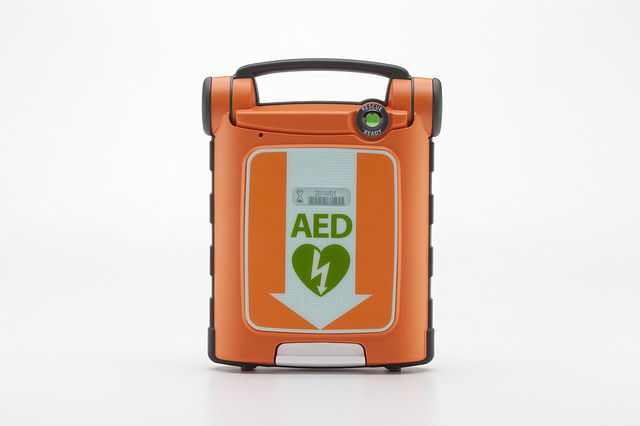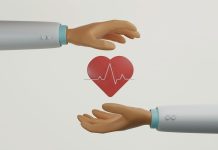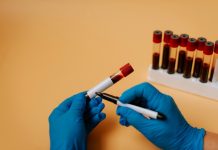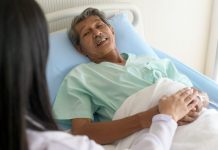
AEDs are common in public places.
Many people have seen the device but may not know its function and how to use it.
Oscar Tovar-Calderón, M.D., a medical officer at the U.S. Food and Drug Administration, provides detailed information about AEDs that everyone needs to know to help people who experience a cardiac arrest.
During a sudden cardiac arrest, the heart suddenly and unexpectedly stops pumping blood.
The condition can occur at any time to anyone. People with the condition will suddenly collapse and immediately lose consciousness.
The major cause of sudden cardiac arrest is the heart’s electrical system malfunctions. This can lead to abnormal heart rhythms that make the heart unable to pump blood.
An AED, or an automated external defibrillator, is a computerized defibrillator that can automatically analyze the heart rhythm in people with a sudden cardiac arrest.
When a cardiac arrest happens, rapid treatment with a medical device like an AED can save lives.
It can deliver an electrical shock to the heart to restore its normal rhythm.
Many public places have AEDs, including offices, schools, shopping malls, grocery stores, and airports.
Patients can also use it at home with their doctor’s prescription. These patients often have other heart conditions and are at high risk of a cardiac arrest.
So how to use an AED?
According to the FDA, the user first turns on the AED and follows the voice prompts. Some devices can turn on automatically when the user opens the lid.
Then the user attaches two sticky pads with electrodes on the chest of the patient in cardiac arrest.
The electrodes send information about the person’s heart rhythm to a processor in the AED. The AED then analyzes the heart rhythm to find out whether it should send an electric shock.
If a defibrillation shock is needed, the AED uses the voice prompts to instruct when to press a button to deliver the shock.
In some devices, the AED can deliver the shock without intervention by the user.
The researcher suggests that people should call 911 if there is an emergency. An operator can give directions on how you can help someone who has a sudden cardiac arrest.
To use AED successfully, it is better to get trained by major health organizations such as the American Heart Association and the American Red Cross.
People should also learn about signs of a sudden cardiac arrest, when to call emergency medical services, and how to do CPR.
If you find any problems in an AED device, you can file a report at MedWatch.
Copyright © 2019 Knowridge Science Report. All rights reserved.



